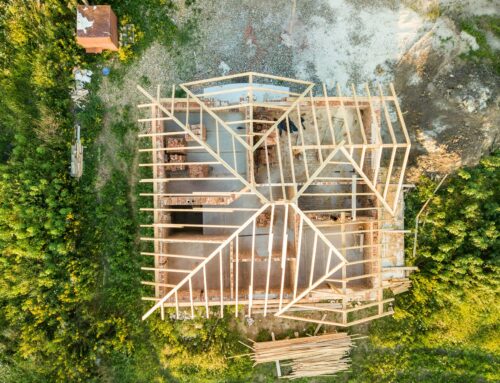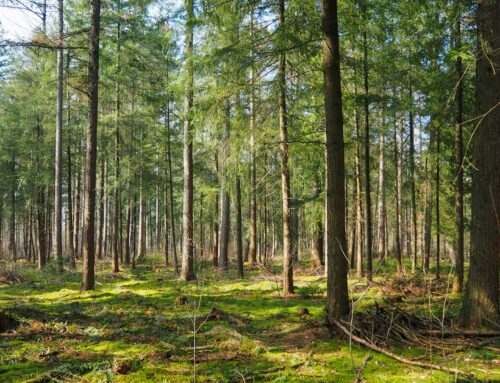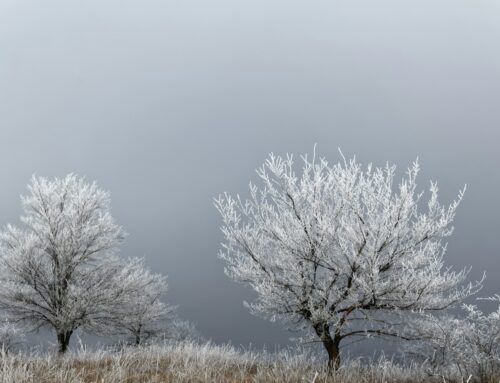As a homeowner in Fairfield and New Haven County, Connecticut, the presence of trees on your property can provide numerous benefits, such as shade, beauty, and increased property value. However, without proper care and maintenance, trees can also be a source of damage to your home and landscape. JNP Tree Removal, LLC is a trusted, licensed, and insured business committed to preserving the safety and aesthetics of homeowners’ properties through their professional tree care services, including removing hazardous, dead, or fallen trees.
In order to prevent potential tree damage and safeguard your property, it’s important to be aware of both preventative measures and effective solutions in addressing existing tree-related concerns. In this blog, we will discuss essential steps for homeowners seeking to minimize the risk of tree damage, as well as guidance on how to address existing problems involving fallen, dead, or dying trees or stumps on your property. By better understanding the causes of tree damage and the steps required to avoid or resolve potential issues, you can proactively protect your home and landscape, ensuring safety and maintaining the aesthetic appeal of your property.
Let us delve into practical, insightful, and actionable ways homeowners in Fairfield and New Haven County can prevent potential tree damage, maintain their landscapes, and seek professional help from JNP Tree Removal, LLC when appropriate. Embrace a proactive approach to tree care, and discover how to transform your property into a more secure, serene, and beautiful environment for you and your family.
1. Regular Tree Inspection and Assessment
One of the best preventative measures a homeowner can take against tree damage is to conduct regular tree inspections and assessments. By keeping an eye on the overall health and stability of your trees, you can quickly identify potential issues and address them before they lead to property damage. Here are some key indicators to monitor:
– Disease or pest infestations: Look for signs of illnesses such as discolored leaves, fungal growth, or insect infestations, all of which can weaken the tree and increase the risk of damage.
– Dead or dying branches: Pay close attention to branches that appear brittle or have lost their leaves, as these weakened limbs can easily break off and fall onto your property.
– Tree lean: Although some trees grow with a natural lean, a sudden or increased lean may indicate potential instability. Examine the base of the tree for signs of soil heave or root damage.
2. Preventative Tree Care and Maintenance
Proactively maintaining your trees can greatly lessen the risk of damage to your property. A well-maintained tree is healthier, more stable, and less likely to suffer from diseases or structural issues that could lead to property damage. Here are some essential maintenance practices:
– Pruning: Regularly pruning your trees not only maintains their appearance but also eliminates weak, damaged, or dead branches, reducing the risk of them falling during storms or high winds.
– Soil care: Ensure that your trees receive adequate nutrients and water by adding mulch, fertilizing when necessary, and avoiding soil compaction around the tree’s roots.
– Mechanical support: For trees with weak or potentially unstable limbs, installing support systems like cables or braces can help prevent damage by redistributing the weight of the branches.
3. Addressing Existing Tree Damage
If you’ve identified tree damage on your property, promptly addressing the issue can help prevent further problems and protect the integrity of your home and landscape. Consider the following actions:
– Removing hazardous trees: If a tree poses an immediate threat to your property due to decay or structural instability, contacting a trusted tree removal service like JNP Tree Removal, LLC can help eliminate any potential dangers.
– Repairing damaged trees: When possible, seek professional help to repair damaged trees through techniques such as pruning, bracing, or cabling. This may help restore tree stability and prolong its life.
– Stump grinding: After a tree has been removed, grinding the stump can prevent issues such as unwanted new growth, insect infestation, and landscape obstructions.
4. Protecting Your Property during Tree Removal and Stump Grinding
When it’s necessary to remove a fallen, dead, or dying tree on your property, ensure that the tree removal process and stump grinding are conducted with care to avoid further damage. Here are some considerations for protecting your property:
– Choose a qualified tree removal service: JNP Tree Removal, LLC is a licensed and insured business with over 8 years of professional experience in the Fairfield and New Haven County region. By selecting a skilled team like JNP, you trust the process to be carried out safely and efficiently.
– Communication and planning: Discuss your concerns and expectations with the tree removal professionals to ensure proper precautions are taken to protect your property throughout the entire process.
– Cleanup: After the tree removal and stump grinding process, be thorough in removing debris and restoring your landscape to minimize the risk of further damage or complications.
Conclusion
As a homeowner in Fairfield and New Haven County, Connecticut, understanding and implementing preventive measures, as well as addressing existing tree-related issues, can significantly contribute to maintaining the safety, aesthetics, and value of your property. By conducting regular tree assessments, investing in preventative tree care, addressing existing damage, and seeking professional help when necessary, you can create a secure and inviting outdoor environment.
Enlist the support of JNP Tree Removal, LLC to provide expert tree services tailored to your unique needs. With their experience, knowledge, and dedication to excellence, you can trust your property to be well-cared for and maintained, ensuring a healthy, vibrant, and resilient landscape for years to come.




